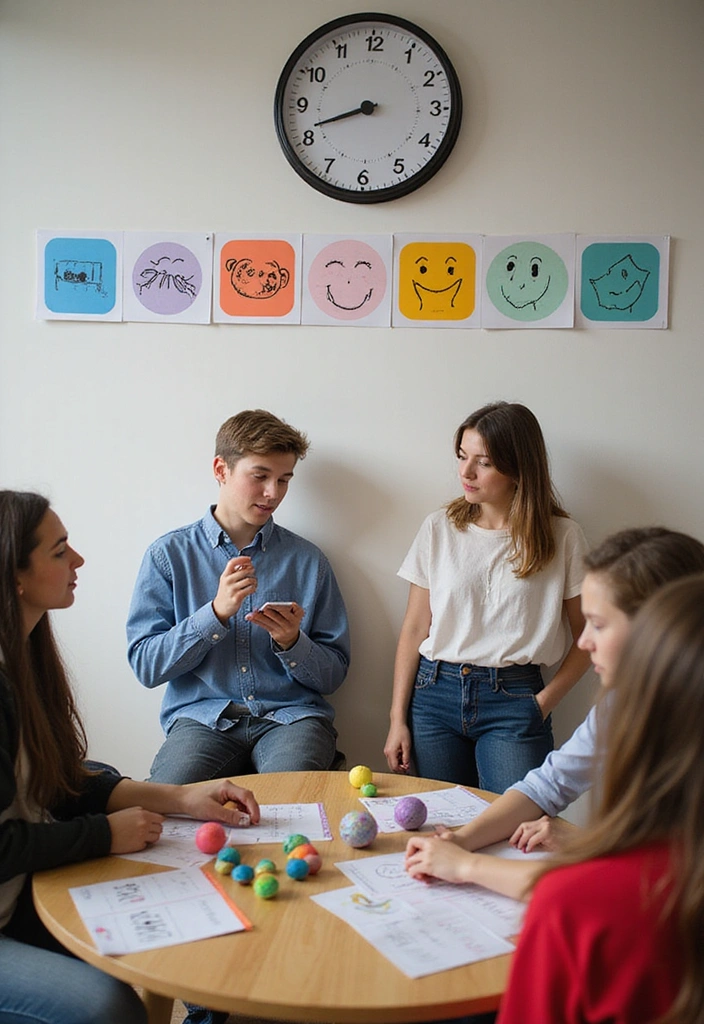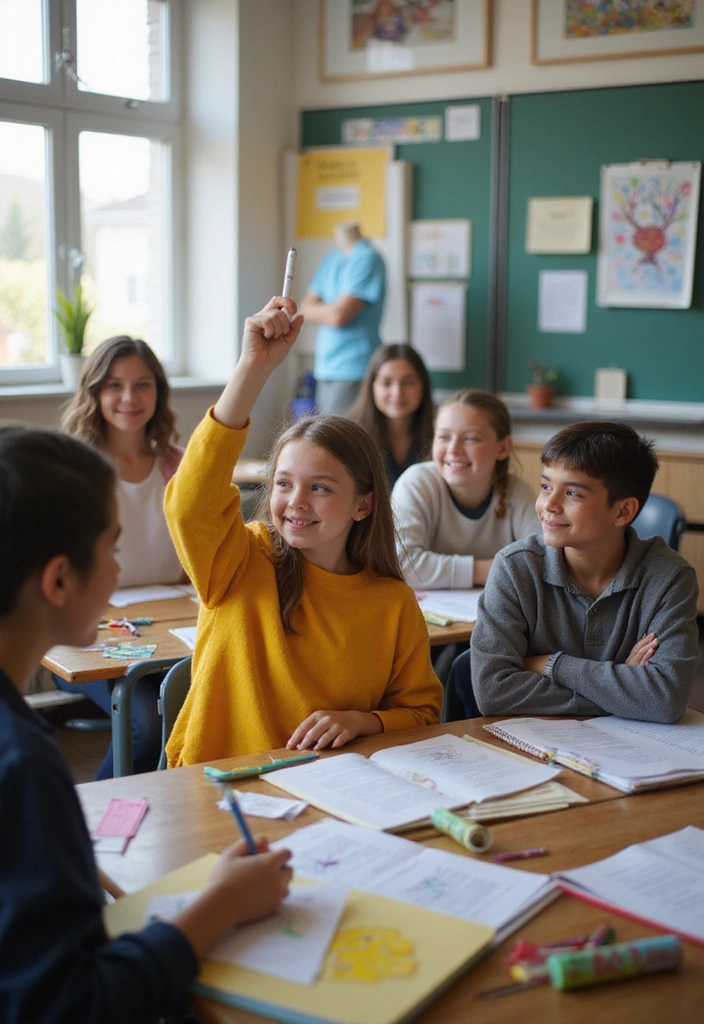Unleash their full potential! Discover 22 powerful motivation techniques that will truly inspire your students to excel. Boost engagement & achievement in your classroom – don’t miss the game-changing strategy at #14!
Motivation can be the secret ingredient that transforms an average classroom into an environment buzzing with enthusiasm and learning. When students feel inspired, they don’t just show up; they engage, collaborate, and thrive. From creative challenges to meaningful rewards, these motivation techniques are tools every educator should have in their toolkit. They help bridge the gap between mere attendance and genuine participation!
Explore these ideas that will not only motivate students but also enhance their learning experience. Let’s empower them to chase their academic goals with fervor and excitement!
1. Set Clear Goals
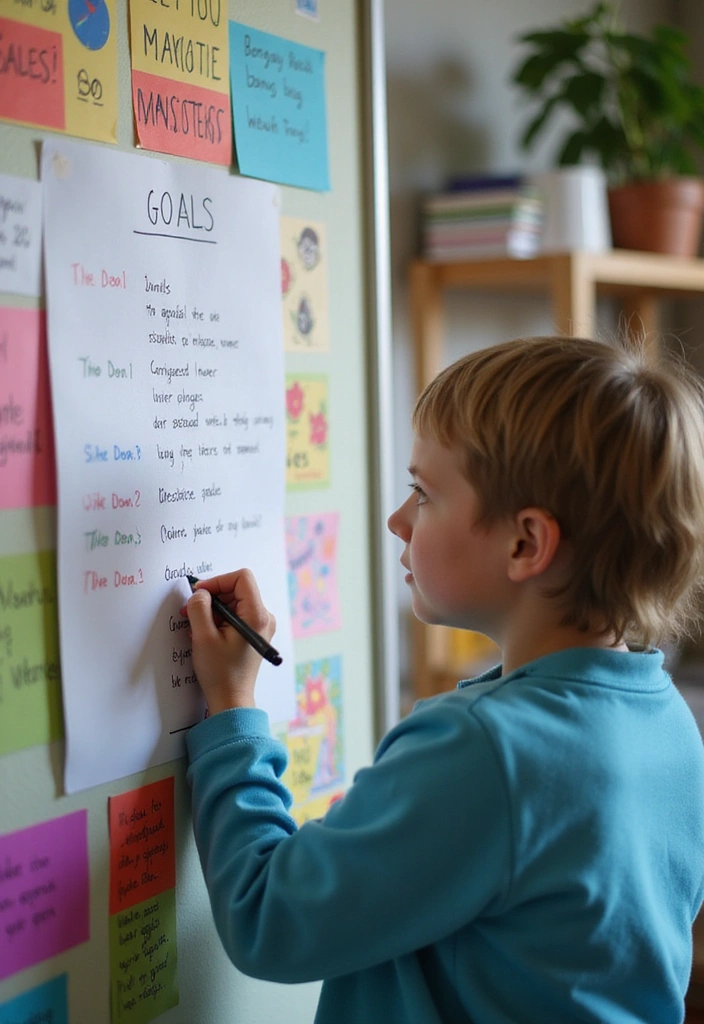
Having clear goals gives students a destination to aim for. Goals provide a roadmap for their learning journey and a sense of purpose. When they know what’s expected, they’re more likely to strive for success. Encourage students to set both short-term and long-term goals, giving them the chance to track their progress along the way.
– Use tools like goal-setting worksheets to guide them.
– Regularly check in on their progress and celebrate milestones.
– Encourage goal-sharing with peers for accountability.
By making goal setting a regular part of your classroom routine, you’ll foster a culture of ambition and persistence that will help students excel!
2. Use Positive Reinforcement

Positive reinforcement can be a powerful motivator. When students receive praise for their efforts, they’re more likely to repeat those behaviors. Recognize not just the end result but also the hard work and effort that goes into achieving goals.
– Create a reward system where students earn points for positive behaviors.
– Share success stories in class to inspire others.
– Make recognition public in a classroom ‘Wall of Fame.’
Building a positive atmosphere where achievements are celebrated fuels students’ motivation to excel!
3. Incorporate Student Interests

When lessons connect to students’ interests, learning becomes more engaging. Tailor your curriculum around themes or topics that resonate with your class. Take the time to ask students what excites them, and adjust your lessons accordingly.
– Allow students to choose project topics based on their interests.
– Use popular culture references to explain academic concepts.
– Encourage students to share their hobbies or passions during presentations.
Integrating their interests into learning keeps students attentive and eager to participate!
4. Foster a Growth Mindset
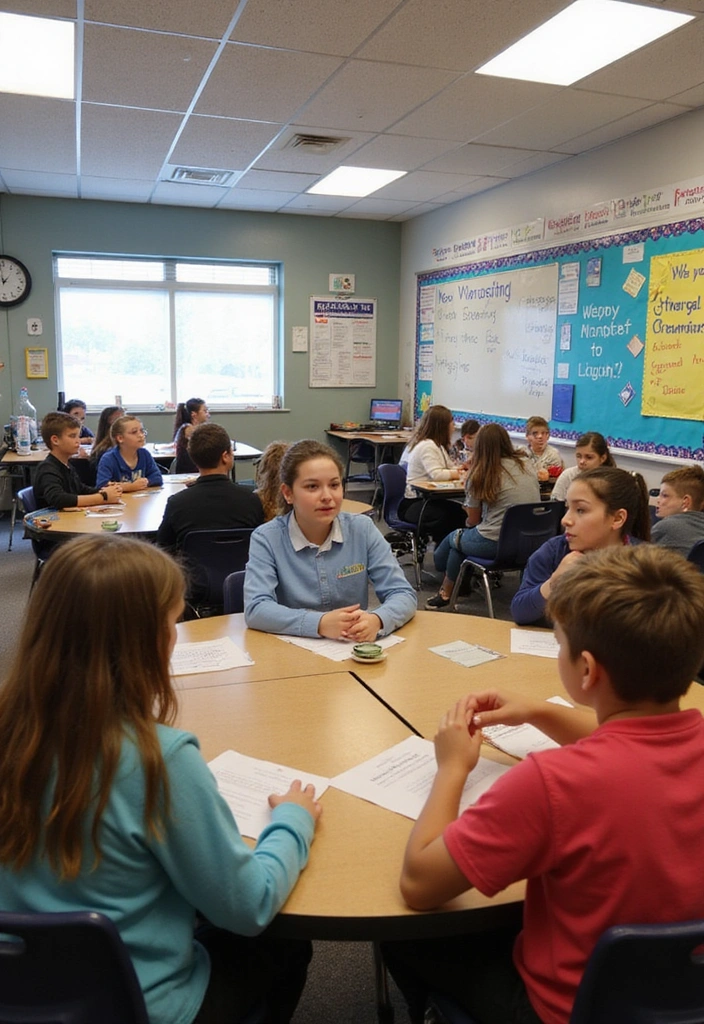
Encouraging a growth mindset helps students understand that intelligence is not fixed and that effort can lead to improvement. Use activities and discussions to illustrate the power of perseverance, resilience, and lifelong learning.
– Share stories of successful figures who overcame challenges.
– Integrate reflective journaling about their learning experiences.
– Encourage peer support through collaborative learning.
By promoting a growth mindset, you’re equipping students with the tools to tackle difficulties head-on and continue striving for excellence!
5. Create Collaborative Opportunities
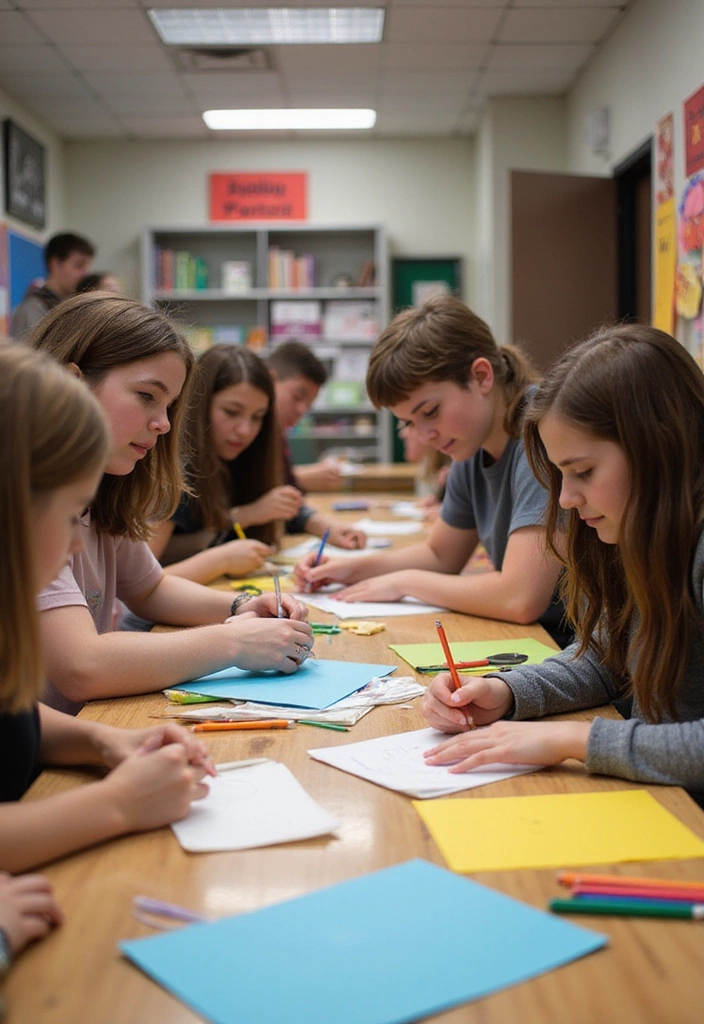
Collaboration not only builds teamwork skills but also fosters a sense of community. When students work together towards a common goal, they can motivate each other and share diverse ideas. This collective effort often leads to richer learning experiences.
– Set up group assignments that require teamwork.
– Introduce peer tutoring where students can learn from one another.
– Organize class projects that promote collaboration and creativity.
Students are more engaged in their learning when they can share it with others, boosting their motivation to excel in a supportive environment!
6. Personalize Learning Experiences
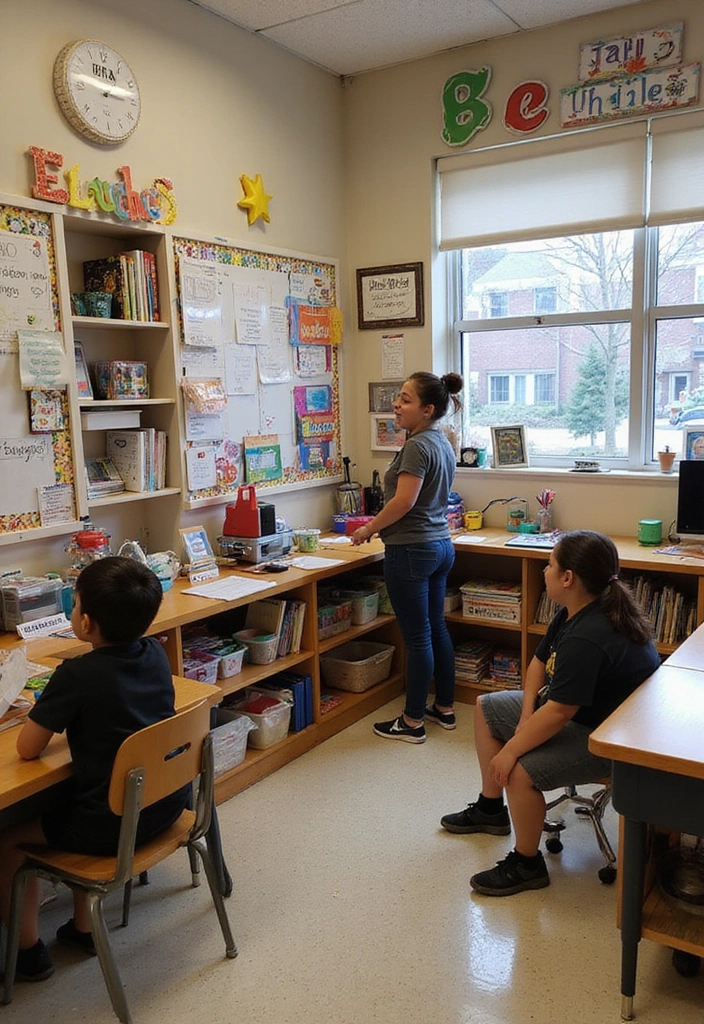
Every student has unique learning preferences. Personalizing their educational journey can significantly enhance motivation. By accommodating individual needs and interests, you empower students to take ownership of their learning.
– Offer various learning materials: videos, books, hands-on activities.
– Provide choices in assignments for how they demonstrate understanding.
– Regularly request feedback on what teaching methods resonate with them.
Customization in education can lead to increased engagement and a stronger desire to excel!
7. Encourage Risk-Taking
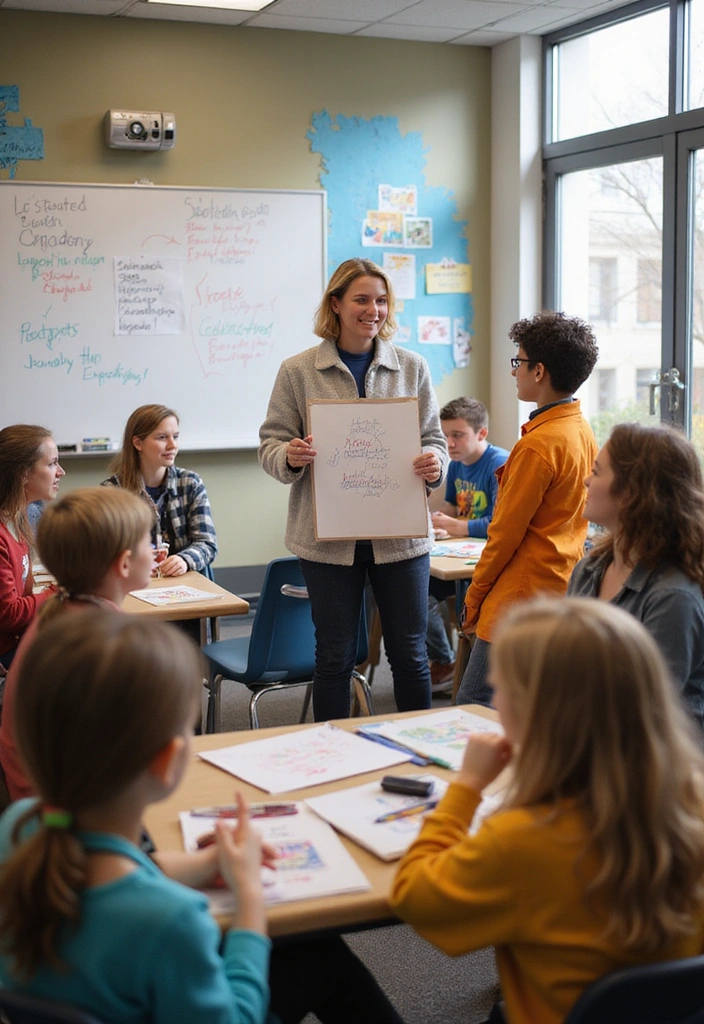
In a safe learning environment, risk-taking can lead to innovation and creativity. Encourage students to step out of their comfort zones and try new things. Let them know that mistakes are part of the learning process and that it’s okay to fail sometimes.
– Host sessions where students can present ideas without fear of judgment.
– Celebrate unique approaches to problem-solving.
– Create a ‘Mistake Wall’ where students can share learning experiences from past mistakes.
When students feel safe to take risks, they become more invested in their learning and motivated to push their boundaries!
8. Integrate Technology
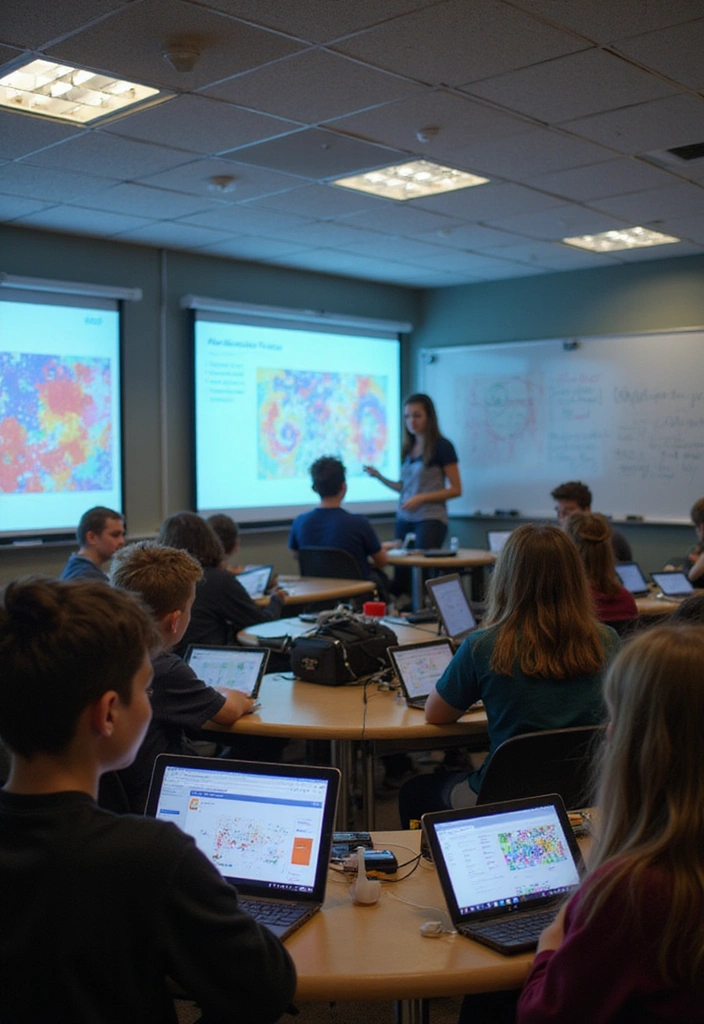
Incorporating technology in the classroom can enhance engagement and motivation. Digital tools often make learning more interactive and fun, capturing students’ interest in ways traditional methods may not.
– Use educational apps and platforms for interactive learning.
– Encourage collaborative projects using cloud-based software.
– Incorporate gamification elements in lessons to increase excitement.
By leveraging technology, you not only motivate students but also prepare them for a tech-savvy world!
9. Offer Real-World Applications

Demonstrating how lessons apply to the real world can significantly increase motivation. When students see the relevance of what they’re learning, they’re more likely to engage.
– Invite guest speakers or professionals to share their experiences.
– Organize field trips that connect classroom learning to the outside world.
– Use case studies to illustrate real-world applications of concepts.
This strategy instills a sense of purpose in students, motivating them to understand and excel in their studies!
10. Implement Reflective Practices
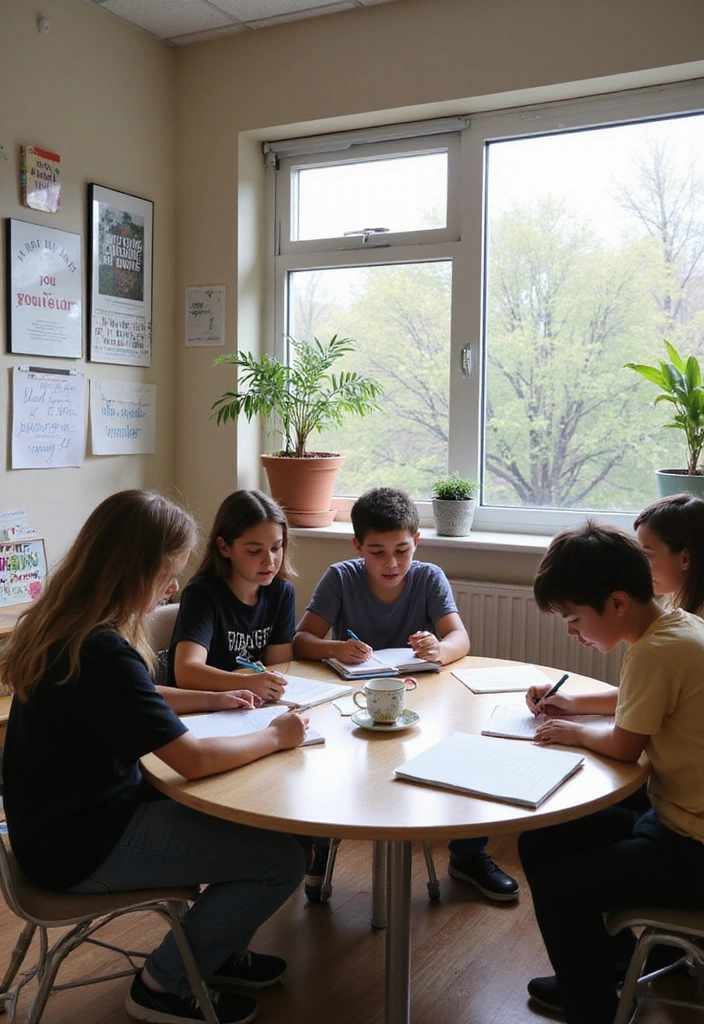
Encouraging students to reflect on their learning helps them internalize and understand their experiences. Reflection can lead to deeper comprehension and greater motivation to improve.
– Introduce regular journaling to track learning progress.
– Facilitate discussions where students share insights from their reflections.
– Encourage self-assessment to recognize growth and set future goals.
By making reflection a habit, you help students develop a mindset focused on growth and continuous improvement!
11. Gamify Learning
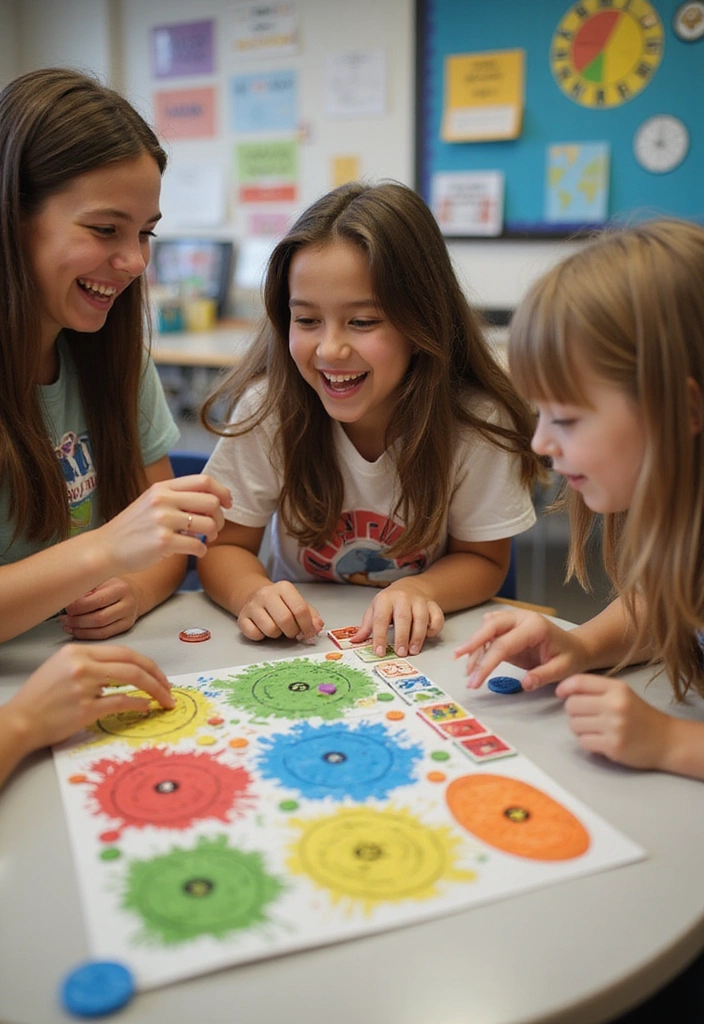
Who doesn’t love a little competition? Gamifying lessons can increase excitement and investment in learning. Turning activities into games can help make learning feel less like a chore and more like an adventure!
– Create quizzes with rewards for participation.
– Develop challenges with levels students can progress through.
– Use educational games that align with learning objectives.
Gamification transforms traditional lessons into engaging experiences, making motivation soar!
12. Cultivate a Supportive Environment

A supportive classroom environment encourages students to take risks and express themselves. When students feel valued and understood, they become more engaged and motivated to learn.
– Foster open communication where students feel safe to share.
– Create a buddy system for students to support each other.
– Show empathy and understanding towards student challenges.
A nurturing atmosphere can significantly boost motivation and create a community of learners who support each other!
13. Use Visual Aids
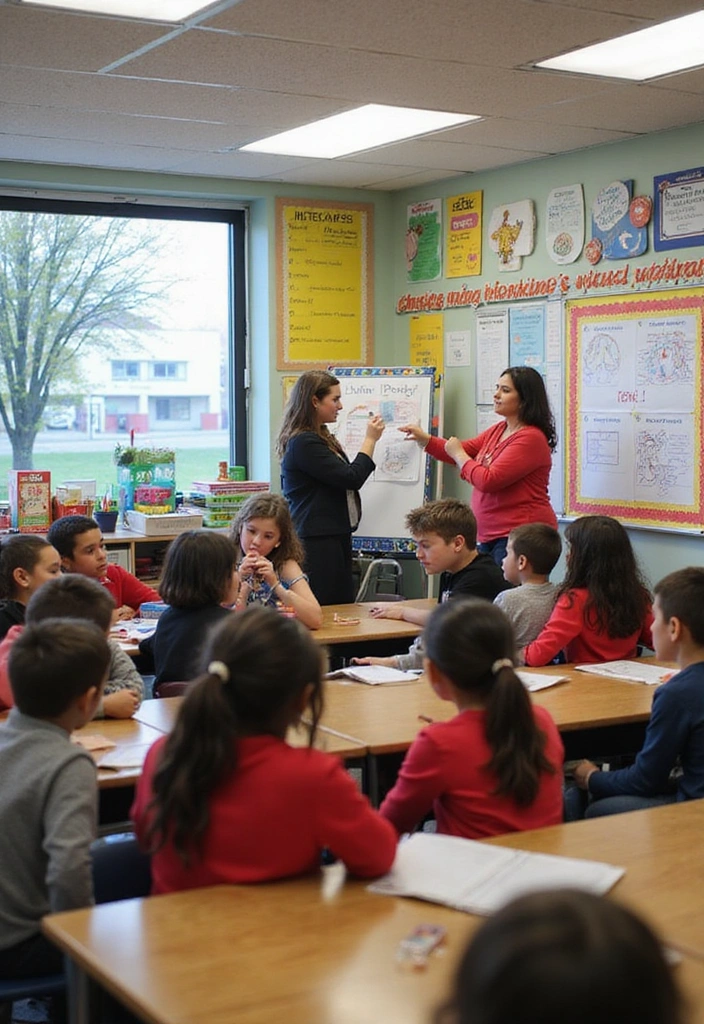
Visual aids can enhance understanding and retention, making lessons more engaging. When information is presented visually, it often makes a more lasting impact compared to verbal explanations alone.
– Utilize infographics, charts, and diagrams in your teaching.
– Encourage students to create their own visual representations of concepts.
– Employ videos to illustrate complex topics.
Integrating visuals can capture student interest and elevate their motivation to learn and excel!
14. Break the Routine
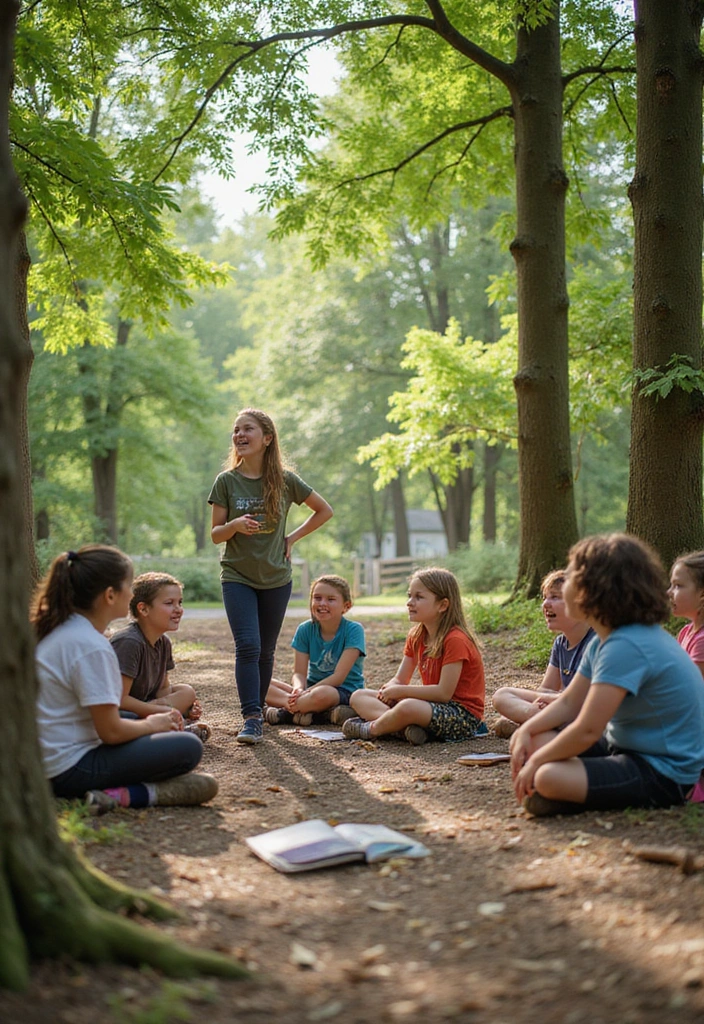
Sometimes, a little change can spark renewed motivation. Breaking the routine by mixing up lesson formats or locations can reignite interest in learning.
– Arrange for outdoor lessons for a change of scenery.
– Rotate between group activities and independent work.
– Introduce new teaching methods or tools.
By keeping things fresh, you maintain student interest and encourage them to engage actively!
15. Connect Learning to Future Aspirations
Linking classroom learning to future goals can boost student motivation dramatically. Helping students envision how what they learn today can impact their tomorrow gives them a reason to excel.
– Organize career days where professionals share their journeys.
– Discuss how academic subjects relate to various careers.
– Encourage students to explore their future aspirations through projects.
When students see the bigger picture, it fuels their desire to excel and stay engaged in their education!
16. Leverage Peer Influence

Peer influence can be a powerful motivator. When students see their classmates excelling, it can inspire them to do the same. Building a positive peer culture can set the tone for the class.
– Encourage group challenges where teams compete.
– Highlight peer achievements during class discussions.
– Foster a culture of collaboration rather than competition.
Using peer influence effectively can create a supportive learning environment that motivates everyone to perform their best!
17. Instill a Sense of Ownership

Giving students ownership over their learning can significantly enhance motivation. When they feel they have a say in what and how they learn, they’re more likely to engage actively.
– Allow students to contribute to lesson planning.
– Encourage them to propose topics for discussion.
– Give them the autonomy to choose how to approach assignments.
Ownership fosters accountability and self-motivation, driving students to excel in their learning journey!
18. Encourage Community Involvement

Connecting classroom learning to community involvement can instill a sense of purpose and motivation in students. Engaging with the community can broaden their perspectives and enhance their sense of responsibility.
– Organize service projects that connect lessons to real-world issues.
– Invite community members to share their expertise.
– Encourage students to pursue projects that benefit the local area.
When students see the impact of their learning in the community, it inspires them to excel and contribute positively!
19. Provide Timely Feedback

Feedback is essential for learning. When students receive timely and constructive feedback, they can make adjustments and improve their understanding. It helps them see where they stand and what steps to take next.
– Use rubrics that clarify expectations and provide specific feedback.
– Create a feedback loop where students can ask questions.
– Celebrate improvements and discuss ways to overcome challenges.
Timely feedback motivates students to learn and excel, allowing them to take control of their academic progress!
20. Emphasize Effort Over Talent
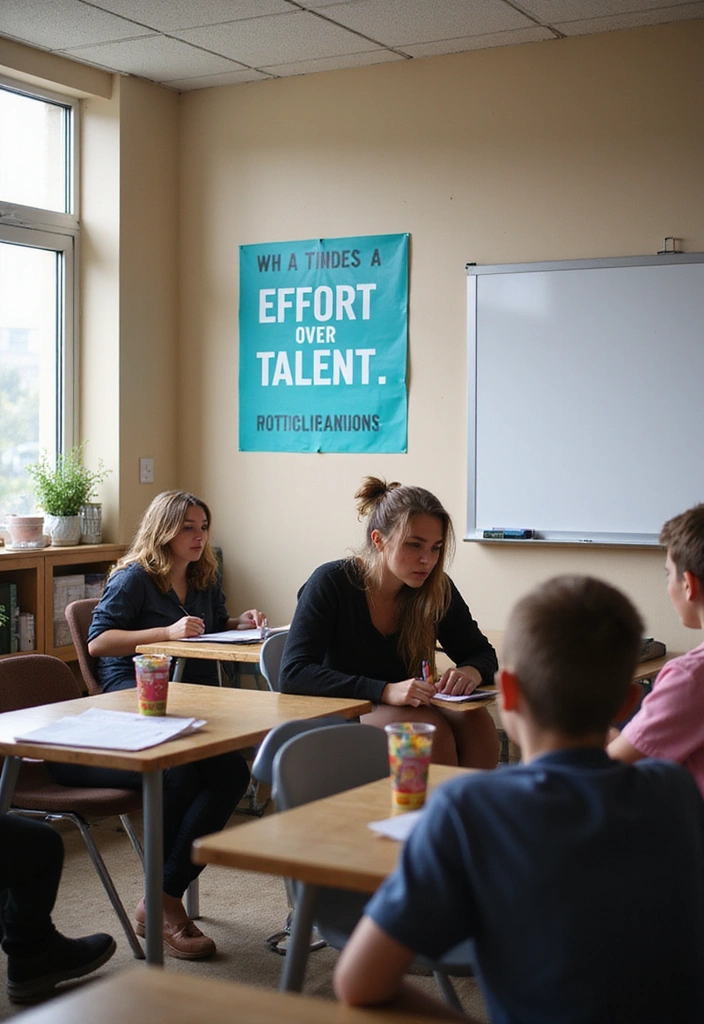
Shifting the focus from innate talent to effort can empower students to believe that they can improve through hard work. When they understand that effort leads to growth, they are more likely to stay motivated.
– Share stories of individuals who achieved success through perseverance.
– Praise efforts and strategies used rather than just outcomes.
– Encourage a culture of persistence where giving up is not an option.
This mindset helps students realize their potential, motivating them to excel through consistent effort!
21. Create Engaging Lessons

Engaging lessons are key to keeping students motivated. If a lesson feels dull, students tune out. Incorporate hands-on activities, role-playing, and interactive discussions to make learning lively.
– Use multimedia presentations to heighten interest.
– Incorporate storytelling to connect emotionally.
– Design lessons with a central question to spark curiosity.
An engaging classroom showcases enthusiasm and drives students to excel in their learning journey!
22. Reflect on Progress

Encouraging students to reflect on their progress boosts motivation. By recognizing how far they’ve come, they can appreciate their efforts and identify areas for improvement. This reflection can help them set new goals and continue striving for excellence.
– Implement regular check-ins for goal progress.
– Use self-assessment tools to track growth.
– Encourage journaling about experiences and lessons learned.
Reflection nurtures self-awareness and accountability, essential components for ongoing motivation and success!
Finally

These 22 motivation techniques can transform your classroom into a vibrant learning environment where students feel inspired to excel. Incorporating these strategies into your teaching can lead to greater engagement, enthusiasm, and success among your students.
Don’t miss the opportunity to ignite their passion for learning and help them reach their full potential!




